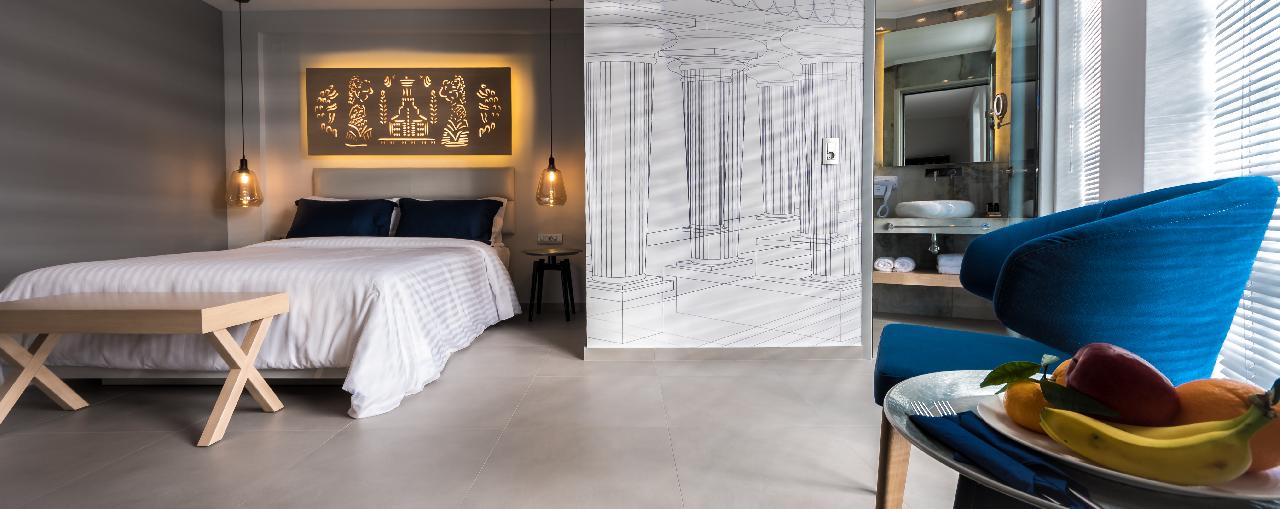More than any other place, your home is where you can seek protection, comfort, and safety. You and your family members can enjoy a feeling of peace and refuge here. Your home is also where you keep your most valuable possessions, both items of monetary and intrinsic value. You couldn’t bear the thought of losing these belongings. Unfortunately, thievery or disaster could take away, damage, or destroy these items. Home insurance coverage can take care of repairs and pay to replace ruined parts of the structure. You can also insure your belongings. However, finding a way to secure them and protect them in the first place is essential.
Get a Safe
This has long been a method of safeguarding precious belongings such as jewelry, rare collections, and other expensive items. Safes come in many shapes, sizes, and varieties, and they can go in many places in your house. You can purchase floor safes as well as ones that go into the wall. Safes are commonly made of reinforced steel; older versions were often made of iron. Today’s safes include electronic locks, combination locks, key locks, or timer locks. Not only do safes deter burglars, but they can protect valuables from suffering environmental damage.
Get a Home Security System
Sometimes the best way to keep your belongings safe is to prevent anyone from getting to them in the first place. A home security system is an effective way to keep unwanted people from entering your home. These systems come in many forms with various features. Placing cameras around the perimeter of your home allows you to keep an eye on the premises, whether you are at home or away. You can also install sensors that will sound an alarm when tripped. Another element is lighting, which gives the impression that you are home. The more lights, the better when it comes to security. You can put the lights on a timer or install sensors in key areas of your property.
Fire-resistant Boxes
The effects of a house fire could be devastating. Critical documents, keepsakes, and other items can stay safe from flames and smoke when you put them in a firesafe or firebox. These protective containers will keep your belongings from suffering harm even in the worst circumstances. It’s also a good idea to keep materials here that could otherwise compromise your identity.
Back up Items Electronically
When possible, it’s wise to store important documents and personal items on backup drives or on online storage such as Google Drive or Dropbox. You can scan and upload paper documents such as insurance policies, bank statements, tax returns, and business contracts. You may also want to do the same with important family items such as a marriage license, photographs, or rare documents. You may also want to upload electronic documents and pictures too. By doing this, environmental problems or natural disasters such as flooding, fires, or mold outbreaks won’t put an end to these valuable belongings.
Seek Professional Advice
Before you purchase any of these items or implement these methods, talk to a professional. You can get help with installation as well as finding the most reliable options available. The last thing you want to do is buy what you think is protection when it actually turns out to fall short of expectations.
Some belongings and materials in your home are replaceable. Others, however, are not. Losing your most precious possessions, either because of a disaster or burglary, can be devastating. You can take comfort to know that there are ways to keep these unthinkable things from happening to the precious items you have in your house.
Discover more from Futurist Architecture
Subscribe to get the latest posts sent to your email.




